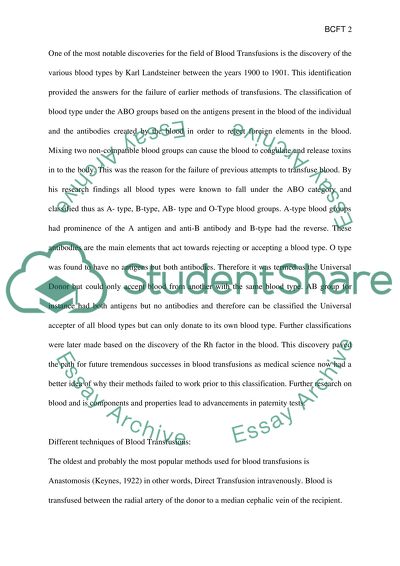Cite this document
(“The nature, preparation, storage and usage of a blood component for Essay”, n.d.)
Retrieved from https://studentshare.org/health-sciences-medicine/1395755-the-nature-preparation-storage-and-usage-of-a-blood-component-for-transfusion
Retrieved from https://studentshare.org/health-sciences-medicine/1395755-the-nature-preparation-storage-and-usage-of-a-blood-component-for-transfusion
(The Nature, Preparation, Storage and Usage of a Blood Component for Essay)
https://studentshare.org/health-sciences-medicine/1395755-the-nature-preparation-storage-and-usage-of-a-blood-component-for-transfusion.
https://studentshare.org/health-sciences-medicine/1395755-the-nature-preparation-storage-and-usage-of-a-blood-component-for-transfusion.
“The Nature, Preparation, Storage and Usage of a Blood Component for Essay”, n.d. https://studentshare.org/health-sciences-medicine/1395755-the-nature-preparation-storage-and-usage-of-a-blood-component-for-transfusion.


